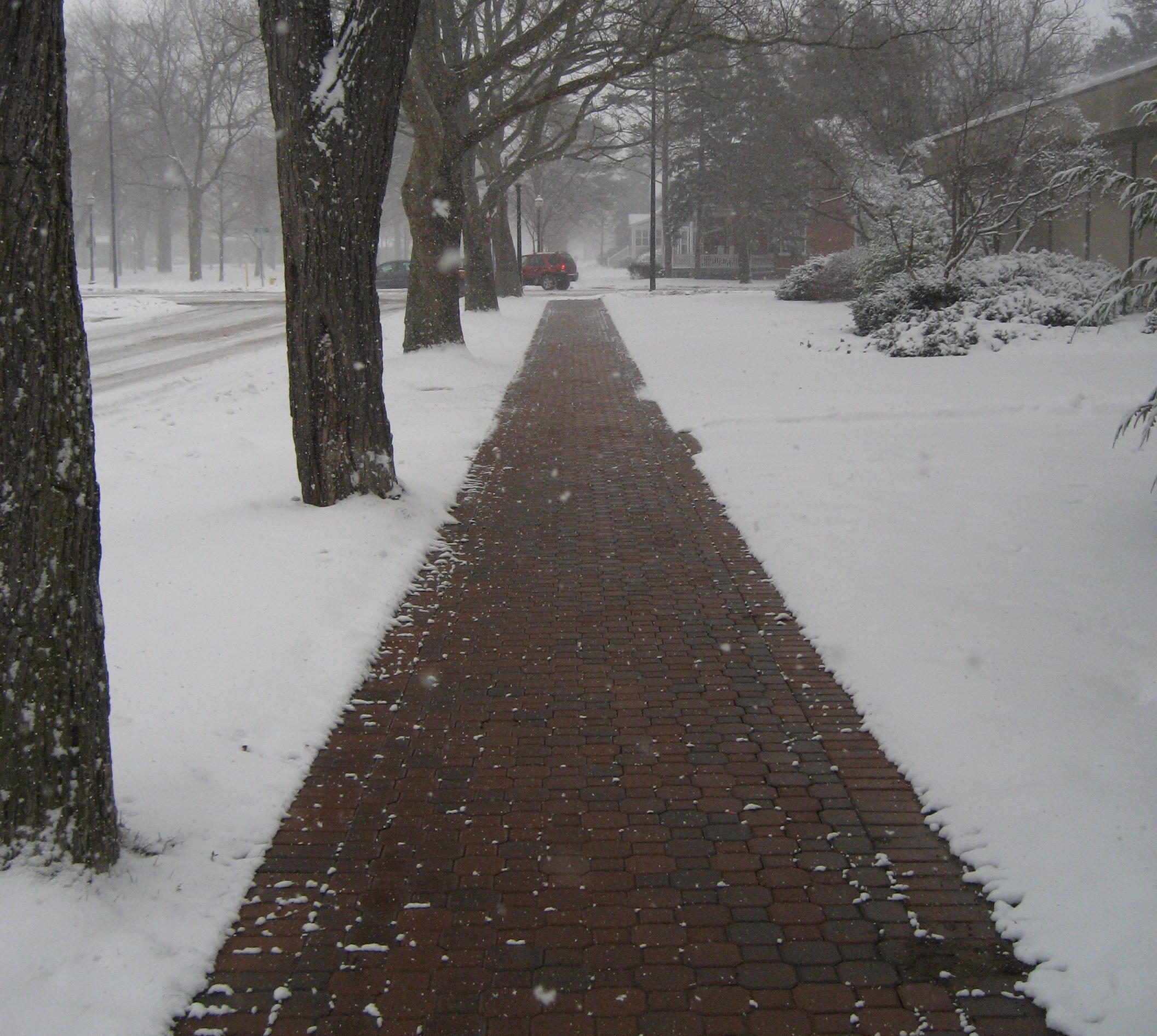Monarch Butterfly
Superstar
Where the sidewalks are narrow or obstructed in Toronto, maybe we should consider heated sidewalks? For sidewalks where the sidewalk plows can't reach properly.
Holland's heated sidewalks, streets were a gamble that seems to have paid off
From link. Mar 22, 2016

Holland's heated sidewalks, streets were a gamble that seems to have paid off
From link. Mar 22, 2016

Imagine, in the wake of a big snowstorm, city sidewalks and streets that never get caked with snow and ice. No salt, no slopping your way through slush or gingerly walking on ice.
That’s a luxury people in Holland, MI have been enjoying for some time now, thanks to their heated sidewalks and streets.
What started out as a daring idea and a monetary long shot seems to have paid off.
Former Mayor Al McGeehan was a city councilman when the decision was made to install the heated streets and sidewalks.
McGeehan tells us Holland’s “snowmelt” system takes heated water the nearby power plant would usually feed into an adjacent lake, and instead runs it through miles of piping laid under the surface of the city’s streets and sidewalks.
According to downtownholland.com, the system can melt about an inch of snow per hour at temperatures as low as 15 degrees.
McGeehan says the idea first came up in spring 1988, when Holland’s downtown area was already undergoing a massive overhaul.
“We had torn up our downtown from storefront to storefront. Sidewalks, curb, gutter, street - we were putting in all new infrastructure,” McGeehan says. “A leading industrialist here in Holland by the name of Edgar Prince who had seen this kind of a system used in some piazzas and plaza areas in Europe, he said … why don’t we dream? Could we, while the streets are torn up, could we put in a system that would use that heat energy to save us money from snow plowing and shoveling and all that?”
Though it was inspired by similar setups in Europe, Holland’s snowmelt system would be the first in America and presented a number of challenges.
“Back in 1988, when the idea was first launched, it was rocket science to us,” McGeehan says. “We didn’t know anything about it. It had never been done before in the United States. We had no idea, number one, how it worked, how we could hook it up to our power plant. We had no idea how much it was going to cost to create, and the biggest question was, how much is it going to cost to operate it and maintain it?”
Despite these uncertainties, McGeehan tells us, “The majority of the city council said, ‘Let’s dare to dream big, and let’s give it a shot.’”
According to McGeehan, that gamble has paid off. He says the operating costs turned out to be “much less than anybody had anticipated." Holland continued to expand the system until all heat from the wastewater had been put to use.
A new gas-fired power plant is being built in Holland, and McGeehan tells us that current city leaders plan to use hot water from the turbines there to quintuple the snowmelt system's coverage downtown.





